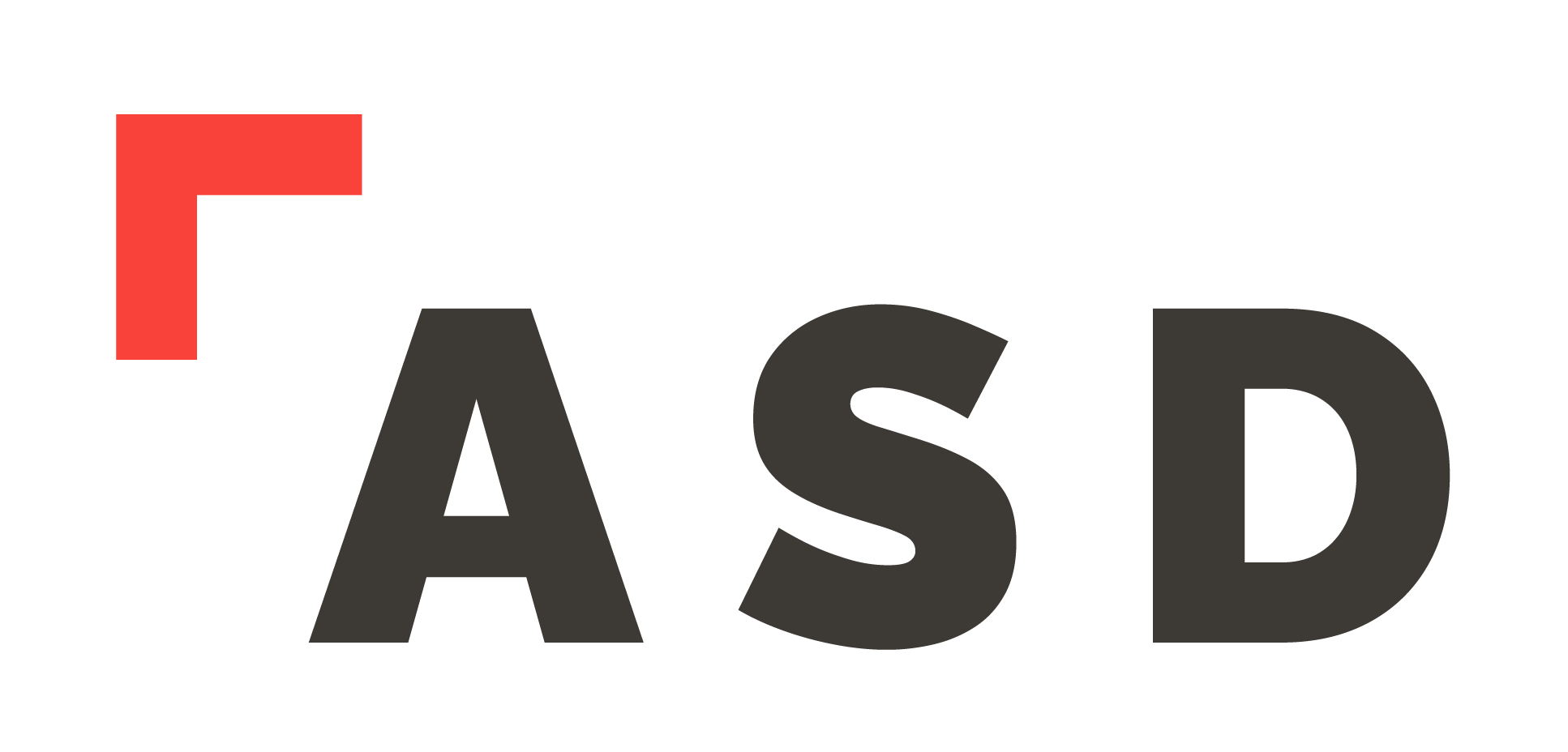Preventing Cross-Contamination: Essential Controls in Nuclear Metal Safety
Cross contamination of metals can be extremely risky for the nuclear sector as they can negatively affect the structural integrity of the metal.
In this section we are going to look at how cross contamination of stainless steel occurs, how it affects the overall performance and what measures we take at ASD to control the cross contamination of stainless steel.
CROSS CONTAMINATION OF STAINLESS STEEL
Structures manufactured from stainless steel will often provide better corrosion resistance, however contamination from carbon steel can negatively affect structural integrity. Stainless steel contamination occurs when the thin passive film on the surface of the metal is permanently damaged, resulting in corrosion.
To avoid corrosion there are several controlling measures which we have put in place at ASD. They are as follows:
- Material-handling using stainless-steel-clad forks on all forklift equipment.
- Materials are placed on pallets with cardboard layering to prevent contact with pallet nails.
- Storage of material on stainless-steel-clad arms where product is not able to be palletised
- Only vacuum lifting of material during processing.
- Ensuring work surfaces and tools are stainless steel only.
- Wearing clean gloves.
- When processing stainless steel on equipment previously used for processing carbon steel, we ensure that a thorough clean down is carried out prior to start.
- When forming stainless steel, we ensure that the tooling used is harder than the material being formed to avoid any impregnation of carbon particles onto the stainless steel.
- We do not store stainless steels outside, or ship without protective packaging.
- We always avoid chlorine-based packaging and carbon-steel banding.
- We carry out periodic ferroxyl testing in working areas if you are concerned about contamination.
If you want to know more about cross contamination controls, please contact our team who can provide more detailed information on this subject matter.
To find out more about other aspects of Nuclear safety click below:
Part II: Nuclear Safety – CFSI Management
Part IV: Nuclear Safety – Testing of Metals
Part V: Nuclear Safety – Integrity
Part VI: Nuclear Safety – Project Management
Part VII: Nuclear Case Study – Supporting Important National Project

